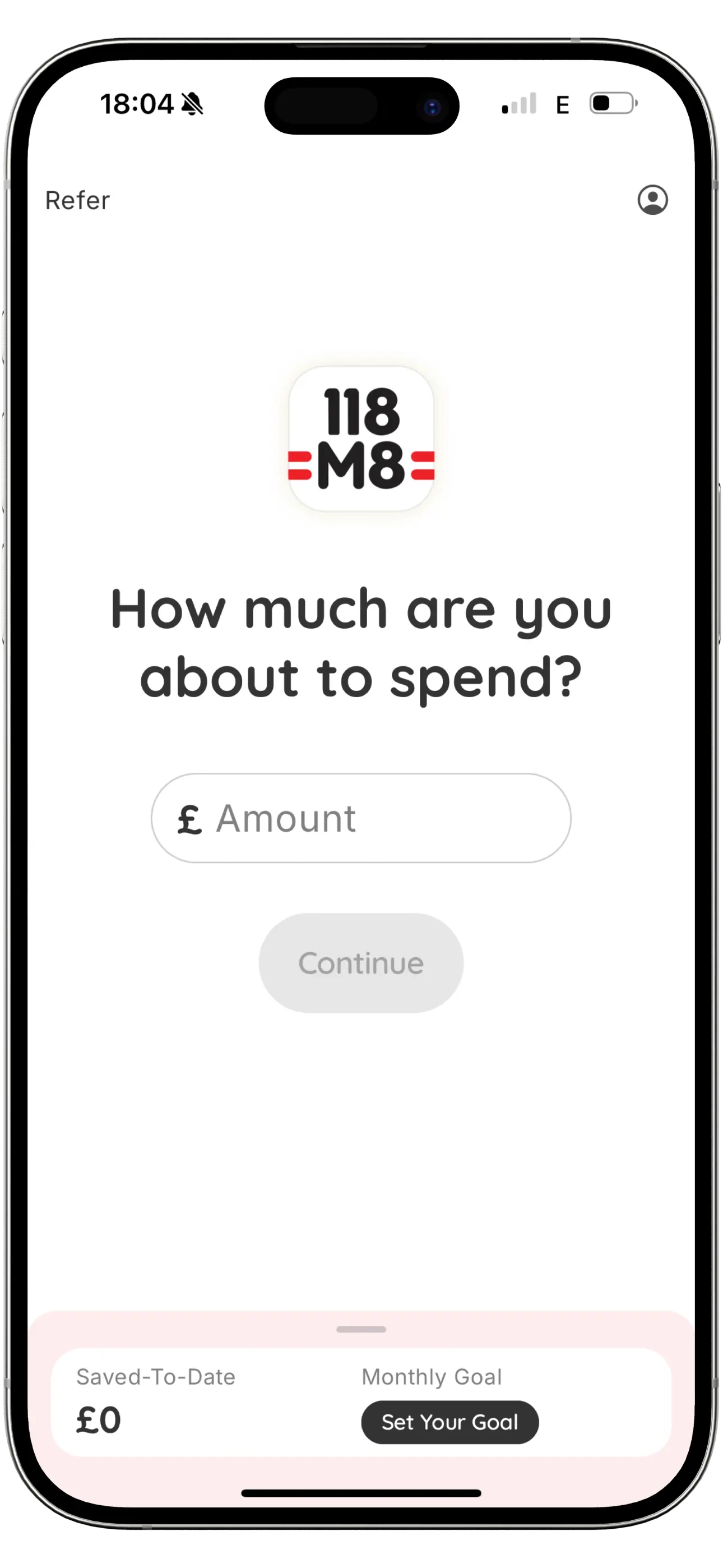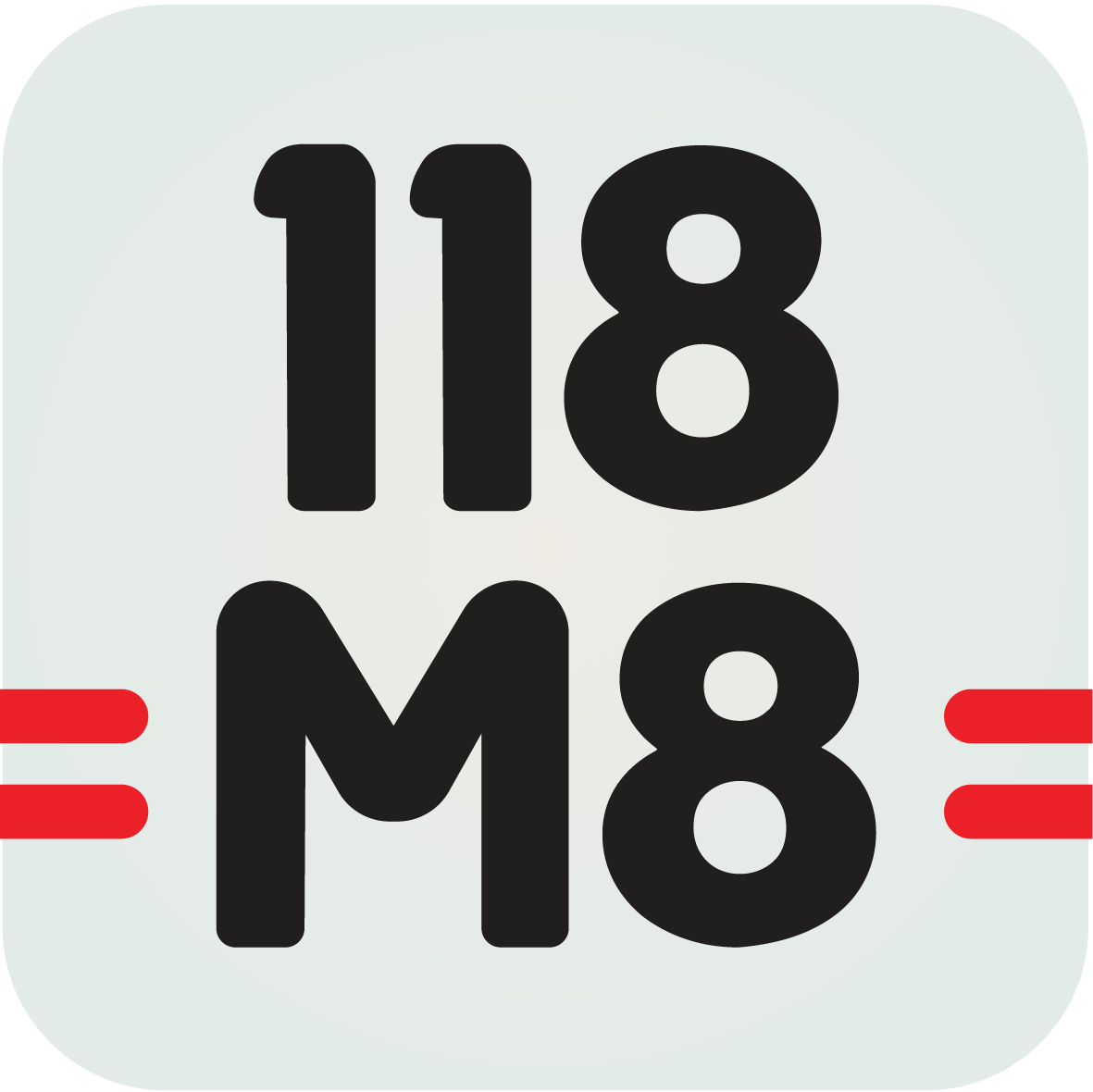How to calculate time price of a purchase in hours you work

Introduction
Is that £120 pair of trainers worth almost a full workday? In a few minutes, you 'll know how to convert any price into hours of your time and use that number to make calmer, quicker decisions.
We 'll cover: what a time price is, how to find your true (net) hourly rate, how to handle subscriptions, common mistakes to avoid, and a simple calculator you can use right away-plus worked UK-friendly examples.
What is a “time price” and why it works
Time price is the hours of paid work required to afford a purchase. In one line: time price = item price ÷ your net hourly pay.
Turning money into time removes abstraction. Your brain can weigh “3 hours of my life” far faster than “£45”. It naturally prompts value-based questions: Will those hours feel well spent? What would I rather do with them?
This also connects to opportunity cost: choosing one thing means not choosing something else with the same hours-future savings, a day off, or a bill that buys peace of mind.
The idea isn 't new. Economists have used time prices to compare living standards and affordability across decades and countries. For a clear explainer of the concept and its background, see HumanProgress ' overview of time prices.

Step 1: Find your true hourly rate (net)
- Start from take-home pay (after tax, National Insurance, and pension contributions).
- Convert salary to net hourly: net hourly = net pay per period ÷ hours worked per period.
Salaried example
£2,200 take-home per month, 37.5 hours/week → monthly hours ≈ 162.5.
£2,200 ÷ 162.5 ≈ £13.54/hour.
Hourly example
If you 're paid £14/hour already, that 's your starting point. Adjust if your payslip shows pension or other deductions you want to account for.
Freelance/variable
Use a 3-6 month average of what actually lands in your account after expenses and tax set-asides. Divide by hours worked.
Sense-check your number: the Office for National Statistics (ONS) publishes earnings by region and occupation. For a legal floor, see current UK minimum and living wage rates. To decode deductions, MoneyHelper 's payslip guide is useful.

Video pick: a quick UK refresher on payslips and pay basics - Payroll for Beginners in the UK (YouTube).
Step 2: Calculate the time price for one-off purchases
Use the core formula: time price (hours) = item price ÷ your net hourly pay.
Example: A jacket is £90 and your net hourly pay is £15 → £90 ÷ £15 = 6 hours. That 's six hours of after-tax working time.
Round to the nearest quarter hour for quick judgment. Tip: before checking the price, ask yourself, “How many hours would I happily trade for this?” Then compare.
Step 3: Calculate the time price for subscriptions and recurring costs
Look at both the monthly and annual picture.
- Monthly example (net £15/hour): a £12.99 plan costs 12.99 ÷ 15 ≈ 0.87 hours each month.
- Annual view: (12.99 x 12) ÷ 15 ≈ 10.39 hours per year.
Multiply by how many months you 'll actually keep it and include add-ons and fees.
Subscription audit checklist
- Trial price vs standard price
- Promo expiry date and new total
- Annualised cost in hours
- Cancellation friction (hard to cancel? set a reminder)

Step 4: Put the number in context
Numbers need meaning. Compare the hours to:
- a workday (or a shift you know feels long or short),
- your weekly commute time, or
- the hours you have left this week after essentials.
Favour purchases that reduce future time costs (durability, reliability, energy savings) and be cautious with things that demand ongoing time (maintenance, consumables). You can also benchmark your hourly pay to typical figures via the ONS earnings pages to sense relative affordability.
Worked examples: everyday buys in hours you work
Assume a net hourly rate of £15 for all scenarios:
- Daily coffee (£3.50)
Single: 3.50 ÷ 15 = 0.23 hours (~14 min).
Five times a week for a month (~20 coffees): (3.50 x 20) ÷ 15 = 4.67 hours.
Reflection: Is a half-day of work worth this monthly ritual? - Trainers (£120) + laces/cleaner (£15)
All-in: 135 ÷ 15 = 9 hours.
Reflection: Worth a full day plus overtime? - Phone upgrade (£799) + case (£25) + insurance (£9/month)
Upfront hours: (799 + 25) ÷ 15 = 54.93 hours.
Insurance for 12 months: (9 x 12) ÷ 15 = 7.2 hours.
Compare with keeping your current phone 12 more months: 0 hours upfront and you keep those 62+ hours for something else.
Reflection: What does an extra 60 hours buy you? - Streaming bundle (£26/month)
Monthly: 26 ÷ 15 = 1.73 hours.
Annual: (26 x 12) ÷ 15 = 20.8 hours.
Reflection: Do you use it enough to trade ~three workdays a year?

Common mistakes (and quick fixes)
- Using gross pay → Switch to net for real-life hours.
- Forgetting pension/NI → Read your payslip deductions (see MoneyHelper link above).
- Ignoring add-ons and delivery → Use the all-in price.
- Treating promo prices as permanent → Recalculate when the promo ends.
- Not annualising subscriptions → Always show the yearly time cost.
- Assuming unrealistic hours worked → Use contracted or a calm average.
- Skipping opportunity cost → Name what else those hours would fund.
Behavioural tips that make time-price stick
- Set a 24-hour pause for non-essentials. Delays reduce impulsive choices; see the APA 's overview on self-control.
- Pre-commit “yes thresholds” in hours for common buys (e.g., snacks ≤ 0.25h, clothes ≤ 4h unless planned).
- Make it visible at the point of decision-sticky note, lock-screen, or the calculator below. For a simple framework on designing helpful nudges, see the Behavioural Insights Team 's EAST guide.
Time Price Calculator
Enter the item price and your net hourly pay to see the time price instantly. Tick the subscription box to view monthly and annual hours.
Try it on your next “want” item and screenshot the result as a reminder.
When a high time price can still be a smart buy
Sometimes “expensive in hours” is still wise: tools or courses that raise your earning power, essential safety/health items, or durable goods with a low total cost of ownership.
Example: A short course costs 20 hours today but helps you secure a role that adds £2/hour to your net pay. If you work ~160 hours/month, that 's £320 extra per month. The course “pays back” its 20 hours in well under one month.
Do it in two taps with 118M8
118M8 converts prices into hours automatically, lets you log potential buys, and offers a gentle “Sleep on it” reminder. It 's a quick way to run the same subscription audit across all your plans.

Quick recap checklist
- Use net hourly pay.
- Compute time price = price ÷ net hourly.
- Annualise subscriptions.
- Compare the hours to your priorities and time available this week.
- Pause 24 hours before buying.
If it 's worth the hours, enjoy it-if not, let it go and log the save.

Stock images by Jason Briscoe, Towfiqu barbhuiya, Live Richer and Jakub Żerdzicki via Unsplash.


